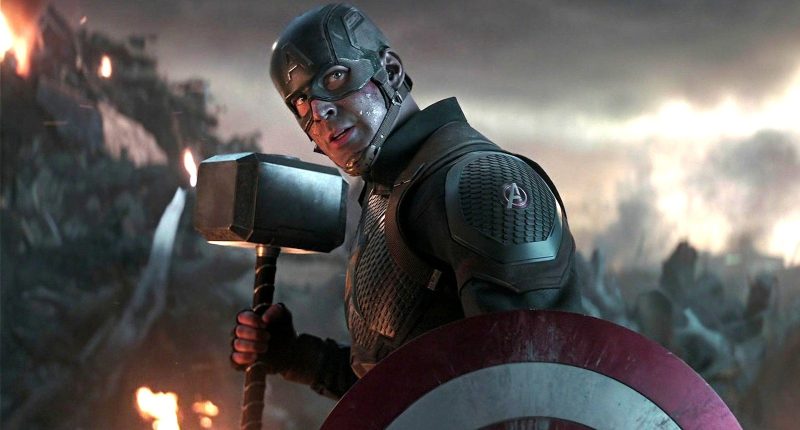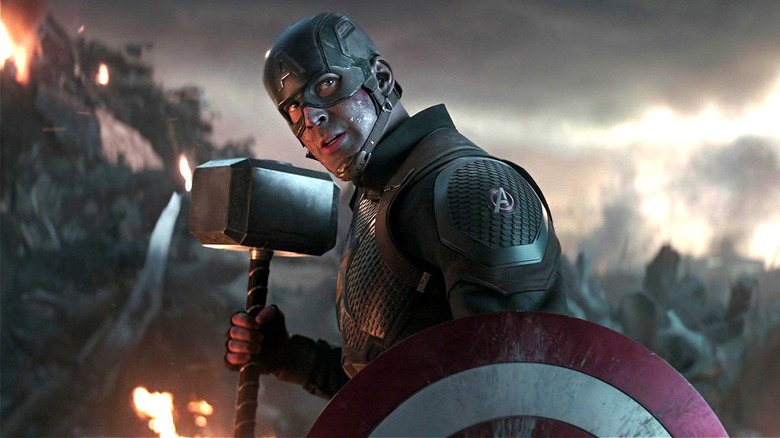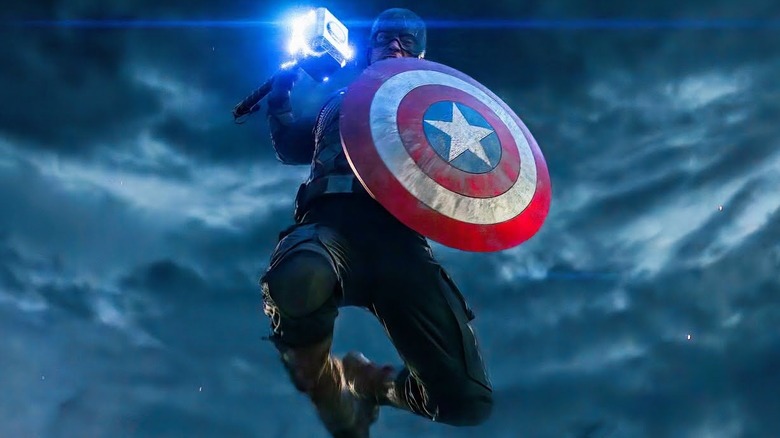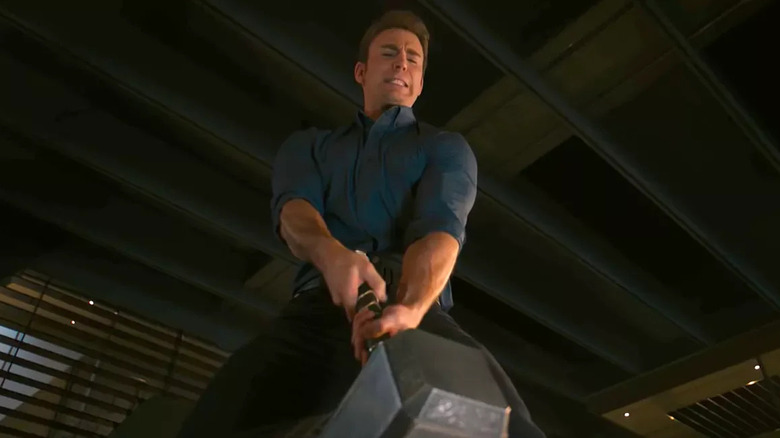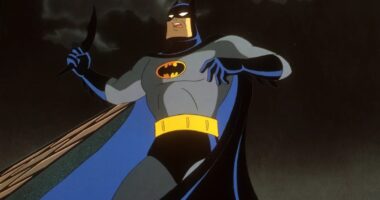Share this @internewscast.com
Not just anyone can lift Mjolnir. This privilege is primarily reserved for Thor, who uses the famed hammer’s immovability to both thwart enemies and assert his “worthiness” among the Avengers. However, in “Avengers: Endgame,” Steve Rogers, as Captain America, proves himself worthy of this Asgardian artifact when he wields it to deliver a powerful blow to Thanos during the film’s climactic battle scene—a moment so moving that it reportedly brought Chris Evans to tears.
If you’re curious about what enables Captain America to lift Mjolnir, the movie’s directors, Joe and Anthony Russo, have provided a straightforward explanation.
Joe Russo explained (via Collider), “I believe this traces back to Ultron [the movie]. Every Marvel fan felt, during that moment when Cap tested the hammer, that deep down he was worthy and could potentially lift it. There was the exciting possibility of him doing so. By creating dramatic circumstances surrounding his wielding of the hammer, and then delivering a solid thrashing to Thanos briefly afterward, we aimed to craft a memorable and thrilling moment for the audience.”
Anthony Russo went a little further, making it clear that Cap knew in “Age of Ultron” that he could lift the hammer, but his sense of honor and camaraderie with his fellow Avengers prevented him from showing his hand. “In our heads,” he said, “he was able to wield it, and he didn’t know that until that moment in Ultron when he tried to pick it up. But Cap’s sense of character and his sense of humility, sort of out of deference to Thor’s ego … decides not to.”
Why is it a big deal to wield Mjolnir?
The rules for lifting the Marvel Cinematic Universe’s most splendiferous war hammer are set early in Thor’s first titular film. When the God of Thunder disobeys his father, Odin’s, command and sparks a war on Jotunheim, the king of Asgard exiles his son to the backwater of Earth. However, he also sends Thor’s hammer with him after speaking these words over it: “Whosoever holds this hammer, if he be worthy, shall possess the power of Thor.”
In the context of that movie, this sets the stakes pretty clearly. If Thor can regain his worthiness, he’ll get his hammer back, and — hey, presto! That’s what happens. However, the “whosoever” part indicates that while Thor sets the standard for the power, he isn’t the sole being capable of using the weapon. Anyone who is “worthy” can wield it. The question is, how do you gauge that worthiness?
We get at least part of an answer in Donny Cates, Michele Bandini, and Alessandro Vitti’s “Thor” #15, published by Marvel Comics in 2021. In it, Thor is now King of Asgard, and he reveals that Mjolnir was not just made for someone who is simply worthy. It was made for a warrior, and he is losing control over the weapon since he is no longer the “tip of Asgard’s spear.” This dual-layer explanation of a “worthy warrior” is precisely the role that Steve Rogers fulfills. He is a heroic, honorable soldier ready to lead and sacrifice in defense of others. Time and again, this guy proves that he’s a fighter who is solidly in the “worthy” camp.
Cap and Mjolnir in Avengers: Age of Ultron
Understanding the background of Mjolnir’s “worthiness” factor and how it ties to a warrior’s job description is important. But, as the Russos say, the scene that really sets the emotional stakes for Cap’s hammer-wielding moment in “Avengers: Endgame” goes back to “Avengers: Age of Ultron.” In that movie, the Avengers take turns trying to pick up Thor’s hammer, only to find that no one is, well, worthy. However, when it’s Cap’s turn to lift the hammer, there’s an almost imperceptible budge.
If no one reacted, it could be written off as a filming error — but one person sees it: Thor. The God of Thunder sits up with a look of concern and intrigue on his face until Cap eventually gives up, to the Asgardian’s relief. This moment immediately sparked a ferocious and sustained fan debate and countless theories over whether Cap was able to lift the hammer and didn’t or perhaps couldn’t fully because he wasn’t in a good place at the time.
Thanks to the directors’ comments, we can put the debate to bed. Rogers could lift the hammer all along, and the explanation wasn’t just a fun way to read between the lines. It was deliberate.
According to Anthony Russo, the scene came about when they were sitting around with the writers, evaluating a pitch from Kevin Feige himself. The MCU head honcho had asked them to consider revisiting and bringing the hammer story from “Age of Ultron” to fruition. This deliberate connection is also how you get Thor yelling “I knew it!” (a line that has its own backstory) when Cap finally wields the hallowed hammer in “Endgame.” What else could he be referring to other than his inner realization that Cap was, indeed, able to wield the hammer that day when they were chilling in Stark’s penthouse apartment?
